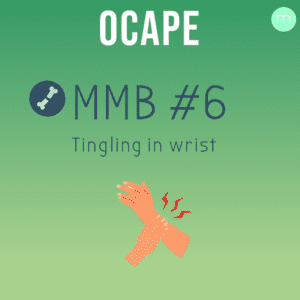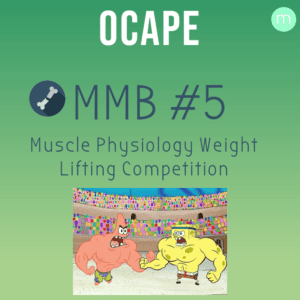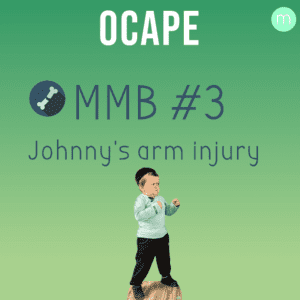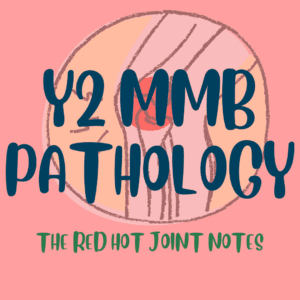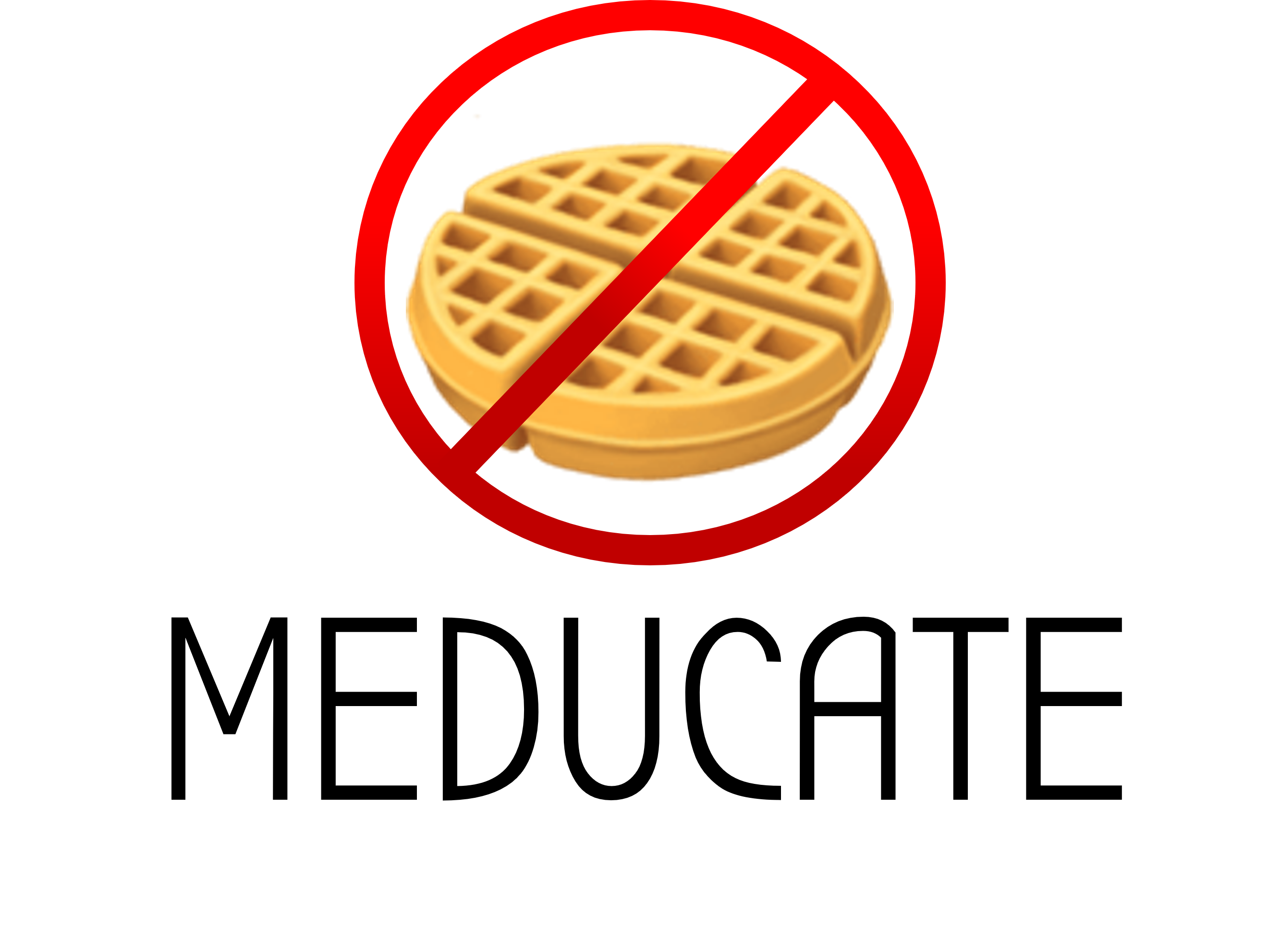Notes: Y2 MMB - Infection of bones, joints, and muscles
OtherMMBDiseases Bacteria that cause infections:
• Osteomyelitis:
o staphylococcus aureus (treat with IV clindamycin 2 days, then oral for 20
days)
o mycobacterium tuberculosis
• Joints:
o staphylococcus aureus
o staphylococcus epidermidis
o various anaerobic bacteria
• Muscles:
o streptococcus pyogenes
o clostridium perfringens
Routes of bone infections:
• haematogenous osteomyelitis – via circulation (common in children)
• traumatic osteomyelitis – via wounds, fractures, orthopaedic surgery
• spread from an adjacent infected joint
1. Staphylococcus aureus
o gram positive cocci
o coagulase positive
o 75% of osteomyelitis cases
o Pathogenesis:
▪ sluggish flow at metaphesis
▪ adhesion and causes acute inflammation at site
▪ grows in biofilm to avoid host defence
▪ necrosis of tissue and abscess formation
o Virulence:
▪ coagulase
▪ haemolysins, staphylokinase, leucocidins, epidermolytic toxins,
▪ enterotoxins
▪ toxic shock toxin
▪ biofilm production
o Treatment:
▪ surgery- release puss immediately and start chemotherapy
▪ chemotherapy- flucloxacillin and 2 weeks of fusidic acid or
rifampicin (6-8 weeks)
2. Staphylococcus epidermidis
o skin commensal
o most cases of osteomyelitis with prosthetic joints
o Virulence:
▪ biofilm production
o Biofilms from prosthesis and teeth:
MMB – Infections of Bone, Joints, and Muscle
▪ biofilms are complex microbial communities
▪ antibiotics cannot penetrate
3. Mycobacterium tuberculosis
o causes chronic inflammation
o Pott’s disease (tuberculosis spondylitis) – tuberculosis outside of lungs,
seen in vertebrae, causes caseous necrosis and disc tissue dies leading to
vertebral narrowing and collapse and spinal damage
o Treatment:
▪ chemotherapy- rifampicin+isoniazid+pyrazinamide+ ethambutol.
(9-12 months)
▪ surgery- combine chemotherapy with surgery
▪ physical care- bed rest and bracing for spine
4. Acute tissue infection
o Streptococcus pyogenes (group A strep)
▪ gram positive
▪ beta-haemolysis
▪ Virulence factors:
▪ M-protein- adhesin, anticomplementary
▪ lipoteichoic acid
▪ superantigens (also produced by staphylococci, group A
streptococcus, mycoplasmas. potent immunomodulators
that cause excessive liberation of cytokines and kill T cells
and other immune cells.)
▪ streptolysin+streptokinase
▪ DN’ase
▪ hyaluronidase
▪ proteases (C5a peptidase)
▪ Presentations:
▪ cellulitis- severe and rapidly spreading infection with a
focus in sub-dermal fat
▪ necrotising fasciitis- deep necrosis of tissue
▪ gangrene
▪ acute inflammatory response, very painful, erythema
spreads rapidly, patient is ‘toxic’
▪ penetrates tissue, adherence, thrombosis of perforating
arteries.
▪ Treatment:
▪ strep infection = benzylpenicillin
▪ necrotising fasciitis- clindamycin + vancomycin/ linezolid
with surgery
o Gas Gangrene (medical emergency)
▪ Clostridium perfringens
▪ gram positive
▪ produce spores
▪ acid and gas are produced by fermentation of carbohydrates
MMB – Infections of Bone, Joints, and Muscle
▪ Symptoms:
▪ dark red skin with large bullae
▪ very painful
▪ erythema spreads
▪ patient is ‘toxic’
▪ little inflammation
▪ Pathogenesis:
▪ low oxygen tension in tissue
▪ production of hydrolytic enzymes
▪ tissue destruction and spread of organism with further
necrosis
▪ gas in tissue (radiographs or palpable)
▪ Treatment:
▪ surgery- immediate on all affected tissue
▪ benzylpenicillin (adjunct therapy)
Sources of inflammatory mediators:
• invading microorganisms- peptidoglycan, lipopolysaccharide (gram negative)
• resident cells-
• TNF, Il-1: macrophages, fibroblasts
• Il-8: epithelial cells
• histamines: mast cells
• NAD dehydrogenase: mitochondria
• leukotrienes, prostaglandins: all cells
• acute phase proteins- mannose binding lectin (MBL), complement
osteomyelitis, staphylococcus aureus, staphylococcus epidermidis, mycobacteria tuberculosis, streptococcus pyogenes, haematogenous osteomyelitis, traumatic osteomyelitis
